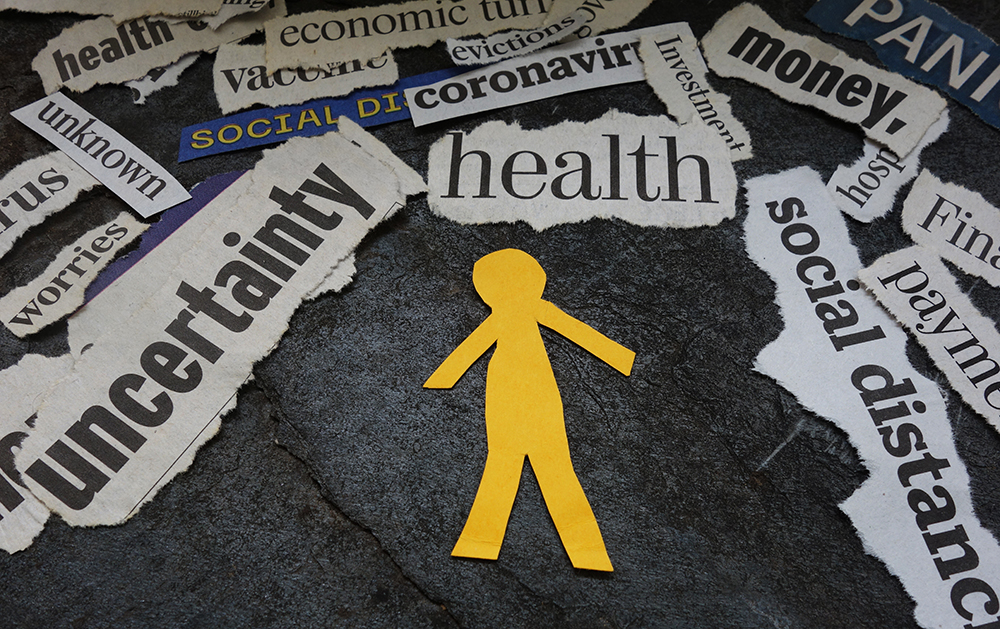
Guarding minds through a pandemic
May 22, 2020
By
Sam Speziale
Experts reveal mental-health risks, solutions associated with quarantine

Ensuring a supportive work environment is the best strategy for employers to help mitigate mental-stress issues, say experts. (zimmytws/Adobe Stock)
Navigating through a pandemic in a safe manner requires more than guarding one’s physical well-being.
Workers are also highly susceptible to mental health risks, according to experts.
In early May, Canada had more than 50,000 confirmed cases of COVID-19 and counting, at a time when all citizens were expected to quarantine in their primary residence until further notice — unless working a job which requires them to be exempt from this regulation.
And spending extended periods of time at home due to isolation has links to mental stresses.
“During any type of uncertainty, it’s natural for people to experience stress and potential mental-health issues,” says Emma Ashurst, manager of inquiries and technical services for the Canadian Centre for Occupational Health and Safety in Hamilton, Ont.
“We’re all facing different challenges. And it’s not just (on the) work front, (but) a personal front, too.”
The lack of choice behind isolation for COVID-19 has a major impact, she says.
“When you’re choosing to work alone, it’s very different than being told you have to work alone and in isolation, so that can play on your mind a little bit,” said Ashurst.
Battling loneliness
Isolation and loneliness correlate, according to Bill Howatt, workplace productivity research chief with the Conference Board of Canada in Ottawa.
“The amount of objective isolation — where people are asked to stay away from each other and create new social norms — has an impact on people’s psyche which we will not know until we go back to work,” he says.
It’s important to note that even before the mass isolation incurred as a result of COVID-19, loneliness was already a major issue — just discussed less openly, says Howatt.
“COVID-19 has shined a light on a social epidemic that has not been addressed,” he says.
The general uncertainty behind COVID-19 also takes a toll on those working in isolation, adding to stress levels, says Ashurst.
“For the workers who are still working, if that work environment is not safe — or mentally safe — that can play a factor into all this as well. And if people already have pre-existing conditions, that could be heightened moreso.”
Physical well-being also has an impact on how the mind handles stress, says Ashurst.
“If you’re fatigued, not getting outside or eating right, that can also play into the effects of the overall negative well-being of the individual.”
Best practices for employers
Ensuring a supportive work environment as an organization is the best strategy for employers to help mitigate mental-stress issues, says Ashurst.
To create a supportive work environment, proper workplace values like respect should be promoted, enabling workers to feel comfortable talking about concerns with isolation or ask for help in balancing responsibilities, she says.
Personality characteristics differ with all individuals — introvert or extrovert, said Ashurst.
“I don’t want to say that if you are good at working alone, you’re going to ride this out better. I’m just saying that some people might be more comfortable — based on the type of work they do — that they can work alone.”
What is missing from the solution is the inability for employers to educate workers on developing authentic relationships, says Howatt.
A critical way for employees to combat loneliness stemming from isolation is for employers to educate them on ways to move through certain cognitive-behavioural barriers through digital solutions, he says.
Sam Speziale is a Centennial College journalism student interning with OHS Canada.